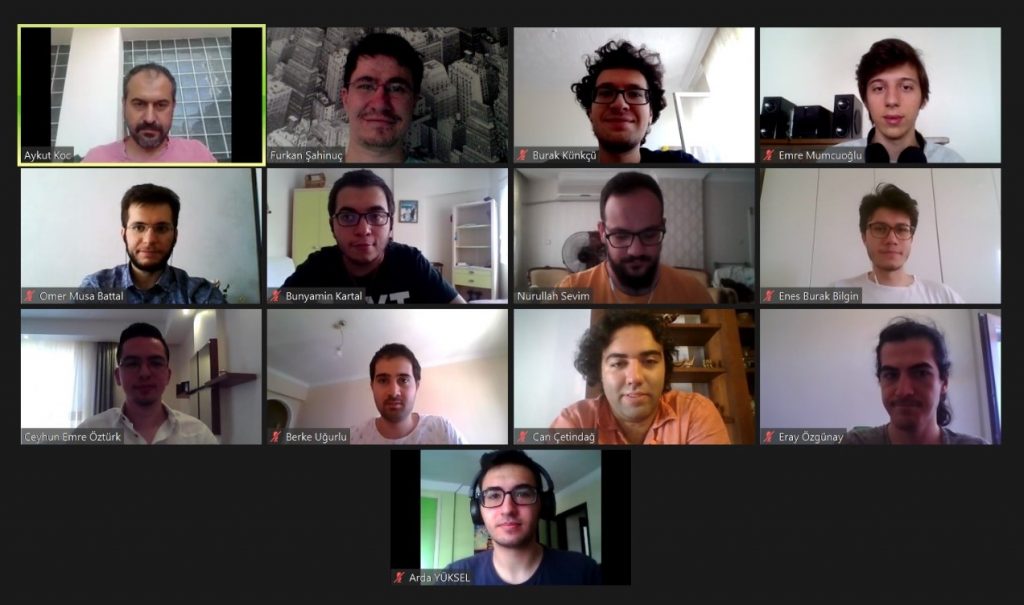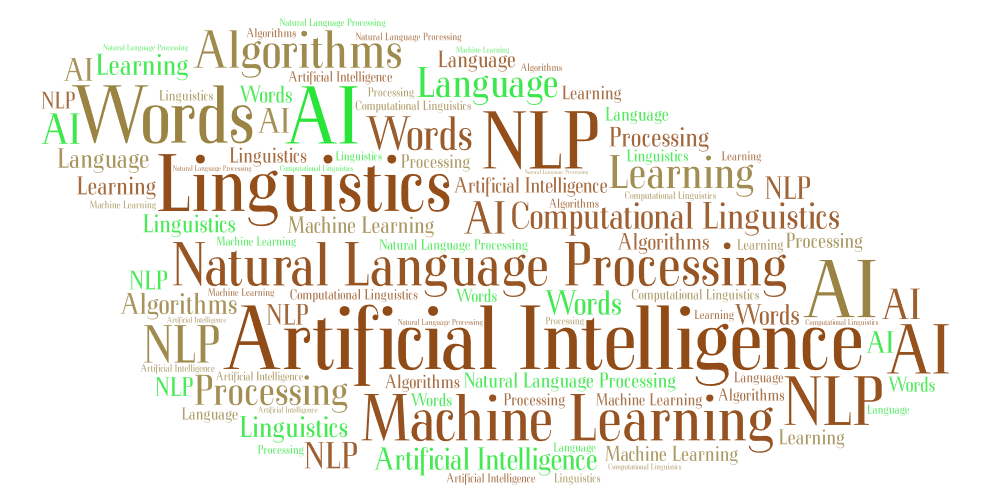

Aykut Koc Lab is a research group at Bilkent University focusing on machine learning and signal processing that extend into natural language processing (NLP) and graph signal processing (GSP).
News
09.12.2022
Aykut Koc Lab has made a contribution at the intersection of classical signal processing and machine learning by introducing the fractional Fourier transform (FrFT) to the machine learning domain for time series analysis in the paper “Fractional Fourier Transform in Time Series Prediction“. Our architecture utilizing FrFT with Recurrent Neural Networks (RNNs) for time series prediction problem is now out at IEEE Signal Processing Letters! We show that FrFT-based RNN models give better prediction performances than those based on either time and frequency domain by utilizing the parametric nature of FrFT that provides us to reach and select from infinitely many signal domains to represent time-series signals for better prediction.
25.11.2022
Our work on the first transformer encoder-based missing value imputation is now out at IEEE Signal Processing Letters! In the paper “Multivariate Time Series Imputation with Transformers”, we propose the Multivariate Time-Series Imputation with Transformers
(MTSIT), a method that utilizes the transformer architecture in an
unsupervised manner for missing value imputation. MTSIT uses only
the encoder part of the transformer, which results in a remarkably
efficient and small model with less than 6,000 parameters, yet
outperforms state-of-the-art imputation methods over benchmark datasets
by 13.5-50.5%.
28.10.2022
Aykut Koc Lab has made a fundamental contribution at the intersection of classical signal processing and machine learning by introducing an advanced and efficient transformer model (FrFNet) that utilizes the fractional Fourier transform (FrFT) to mix the tokens of the transformer. FrFNet was introduced in the paper “Fractional Fourier Transform Meets Transformer Encoder” at IEEE Signal Processing Letters.
11.07.2022
Aykut Koc Lab has published the first legal domain-specific NER study in Turkish in the paper “Named Entity Recognition in Turkish Legal Texts“ at Natural Language Engineering journal of Cambridge University Press. This work presents a NER model for Turkish legal texts with a custom-made corpus as well as several NER architectures based on conditional random fields and bidirectional long-short-term memories (BiLSTMs) to address the task.
19.04.2022
Our group’s undergraduate member Mustafa Bozdağ will be continuing his graduate studies at Northeastern University starting from the next academic year. We wish him good luck and success…
19.04.2022
Our group’s undergraduate member Enes Burak Bilgin will be continuing his graduate studies at the University of Southern California (USC) starting from the next academic year. We wish him good luck and success…
19.04.2022
Our group’s undergraduate member Bünyamin Kartal will be continuing his graduate studies at the Massachusetts Institute of Technology (MIT) starting from the next academic year. We wish him good luck and success…
30.03.2022
Aykut Koc Lab has published the first study on detecting and eliminating gender, race and other societal bias issues present in word embeddings for the case of legal domain in the paper “Gender Bias in Legal Corpora and Debiasing It” at Natural Language Engineering journal of Cambridge University Press. This work brings the important bias issues to the attention of computational law community, where the importance of law for society has doubled the need for studying bias.
22.03.2022
In collaboration with the Center for Information and Language Processing (CIS) of Ludwig Maximilian University of Munich (LMU), Icon Lab (Bilkent) and ASELSAN Research Center, Aykut Koc Lab has published “Learning Interpretable Word Embeddings via Bidirectional Alignment of Dimensions with Semantic Concepts” in Information Processing and Management journal. The paper proposes the bidirectional imparting (BiImp) method which aligns both positive and negative dimension of the word embeddings with concepts in order to have more interpretable word embeddings. BiImp is also shown to be applied to mitigating gender bias in word embeddings.
20.10.2021
In the paper “Semantic Change Detection with Gaussian Word Embeddings” published at IEEE Transactions on Audio, Speech and Language Processing, Aykut Koc Lab has developed the first Gaussian word embedding (w2g)-based approach to the problem of lexical semantic change detection. The proposed method reached high rankings (including the first rank at one of the two sub-tasks) at the SemEval 2020 Task 1, which is the standardized evaluation framework of the field.
12.07.2021
Aykut Koc Lab has published a pioneering paper on Natural Language Processing (NLP) in law with a specific emphasis on the Turkish legal system. The paper entitled “Natural Language Processing in Law: Prediction of outcomes in the Higher Courts of Turkey” has been published at Information Processing and Management and addresses the Turkish Legal System in a comprehensive manner and develops NLP techniques for the legal system of the Republic of Turkey.
03.06.2021
Aykut Koc Lab’s new paper entitled “Graph Signal Processing: Vertex Multiplication” has been published at IEEE Signal Processing Letters, where we made a fundamental contribution to graph signal processing (GSP) by introducing an important and fundamental GSP operator.
19.05.2021
We and our collaborators have published the paper entitled “Optimal fractional Fourier filtering for graph signals” at IEEE Transactions on Signal Processing, where we studied Wiener filtering in the graph signal processing (GSP) domain.
19.01.2021
Our new paper “Zipfian regularities in non-point word representations”, where we revealed a new Zipfian regularity for semantic breadth, has been published at Information Processing & Management. Code and more details are available at our Github repository.
04.11.2020
Our new paper has been published at Digital Signal Processing.
17.08.2020
02.07.2020
Dr. Koç has been elevated to Senior Member level by IEEE.
You can access the code for Imparting Interpretability to Word Embeddings While Preserving Semantic Structure from here.
02.07.2020
Our Github repository is up.
09.06.2020
Our new paper has been published at Natural Language Engineering of Cambridge University Press.